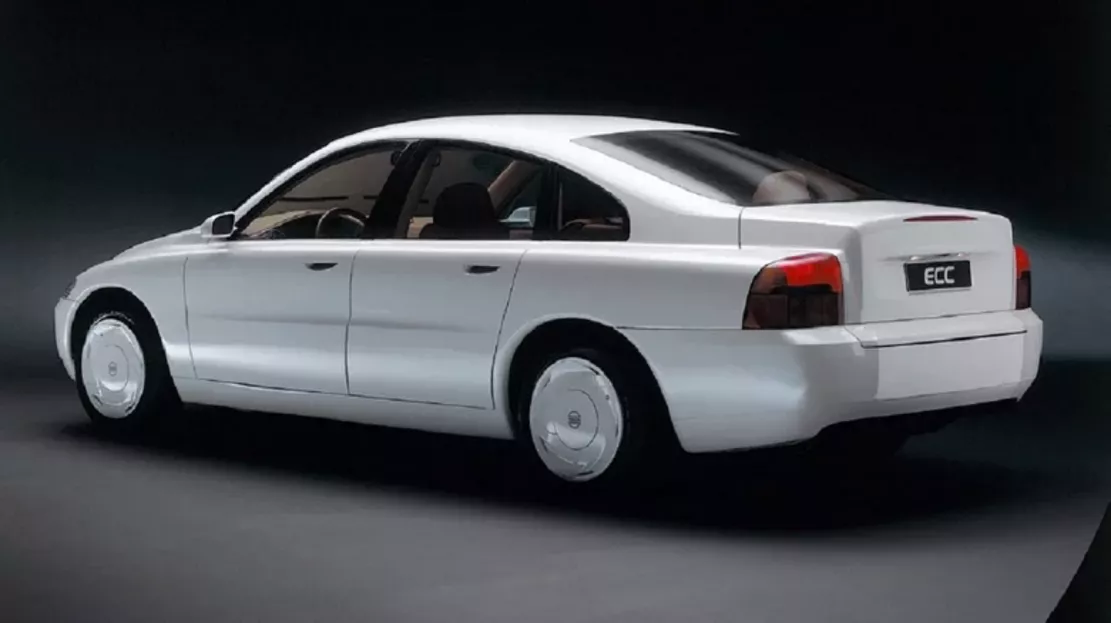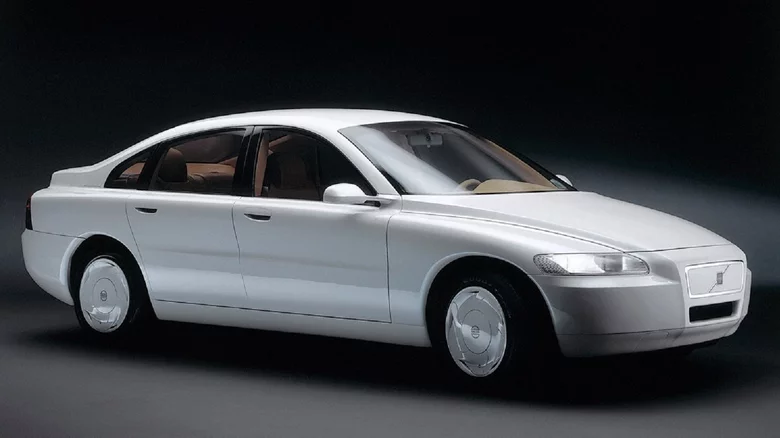When it comes to the automotive world, many things can promote the development of this industry. Changes of the times, the needs of buyers -- and then the concept car. In many cases, concept cars are seen as gimmicks designed by car manufacturers to show what they can really do without actually designing a good enough car to sell.

However, there are several famous concept cars in history that actually helped change the direction of the company that designed them. An example of this is the 1992 Volvo environmental concept car, commonly known as ECC.
According to Volvo, this concept car was introduced to the world at the Paris auto show in 1992. It amazed people with its advanced technology. Although many people may not have noticed at that time, the things it adopted will eventually end the founder style that has dominated Volvo cars -- and many other brands. This car is very special. According to Volvo, Peter orbury, who was the design director of Volvo cars when manufacturing ECC, said that this is what makes him change Volvo cars forever.
What makes this concept car special

What makes this Volvo concept car different is that it is a hybrid car. Hybrid cars can be traced back to the late 19th century, when lohner Porsche elektromobil was conceived, but of course, it was decades later when they were sold to the general public. The first modern hybrid was the Toyota Prius, which was launched in 1997, but it was sold only in Japan. For its part, Volvo's hybrid concept car is driven by a single electric engine working with a gas turbine; Its endurance is 100 miles and its power is slightly less than 100 horsepower.
In retrospect, this is not the place that should attract everyone's attention - it should be that ECC has actual curves, rather than just a rigid box like Volvo's early models. Perhaps the reason why the appearance of the car has not attracted more attention is that most people do not take the appearance of the concept car seriously at all, because it is more about the technology that may be used in future production models.
Changes after ECC
Changes in car design take time, but after careful observation, you can sometimes see gradual adjustments. For Volvo, the company began to phase out its famous classic founder design in the middle and late 1990s, and ECC is considered to be the reason to encourage Volvo to develop in this direction. According to Volvo, an example of this transformation is the Volvo S80 released in 1998. This is not only because S80 looks similar to ECC in many aspects, but also mainly because it is the farthest product from founder design ever released by the company. In fact, the automaker pointed out on its website that the concept car had influenced the design of the S80.
This marks the end of Volvo founder cars. Since then, the market has completely got rid of this design language. Although many car fans think that the concept car is just a display for the company to participate in the activities, the facts have proved that Volvo ECC is a medium for the change of car manufacturers, and it has been moving forward since then.